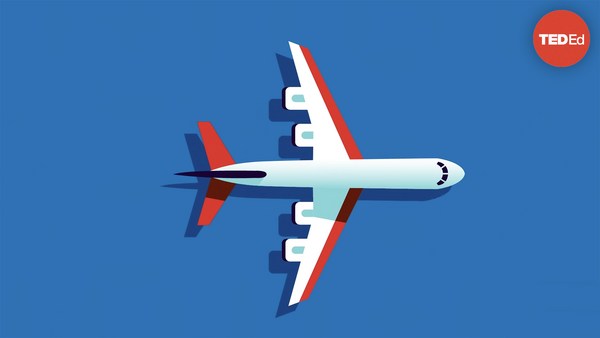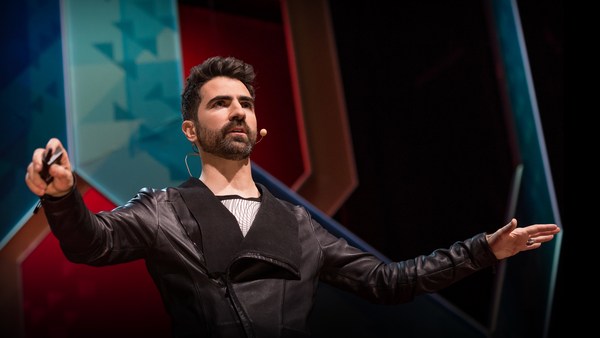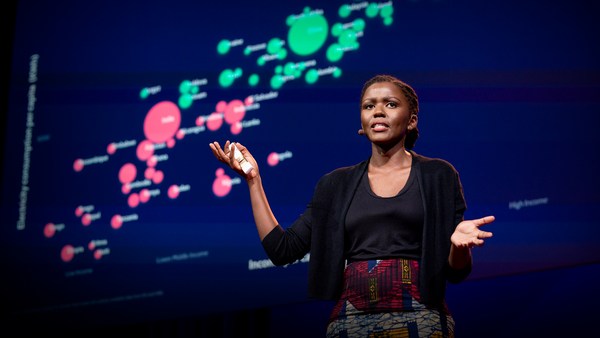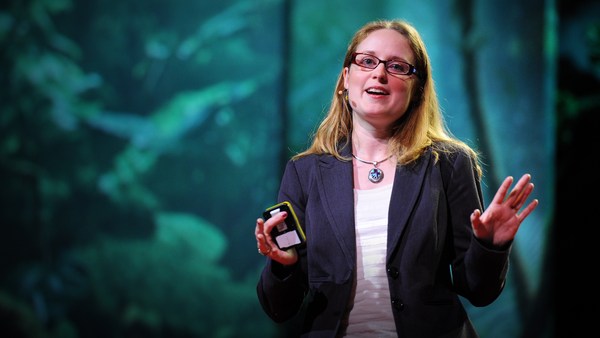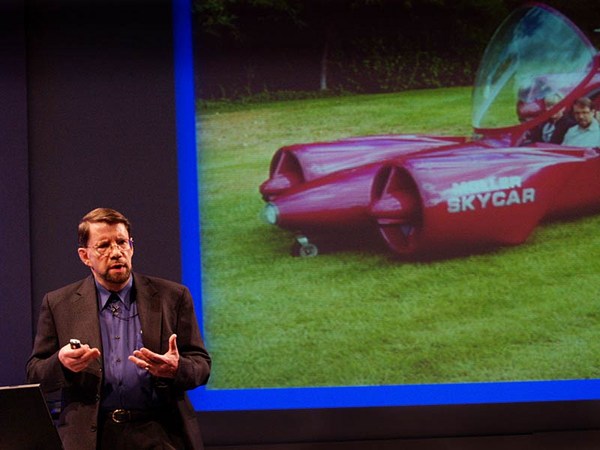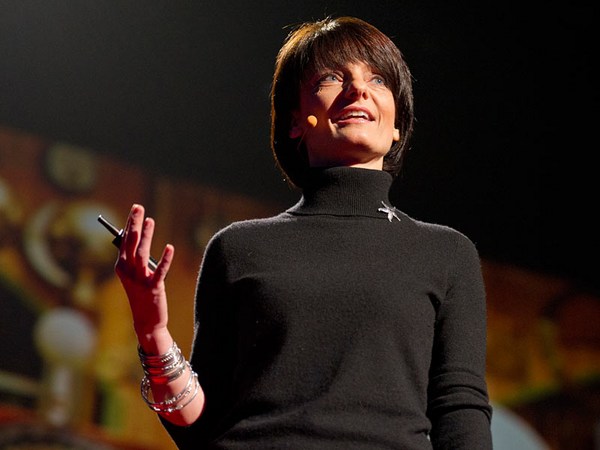I work in aviation, but the truth is I don't much like flying. Current commercial flights are inconvenient, noisy, expensive and use ancient plane designs that have hardly changed from the 1950s. It also represents my biggest personal impact on the environment, just as it does for many of us who fly multiple times a year. Aviation will continue to face fierce headwinds globally even after the pandemic subsides, because flying is becoming the symbol of a polluting lifestyle. Pressure is growing to decarbonize planes or even cease flying altogether.
But the great news is that a change which will reroute our industry's flight path into fresh tailwinds has already begun and is gathering speed. This change is the third revolution in aviation -- electrification, and it is happening right now. Like the previous piston and jet revolutions, going electric will dramatically transform the way we fly. Electrification promises to make flying accessible to more people globally from more airports while also making planes cleaner, quieter and more affordable.
The current dominant narrative is that we need to buy offsets while waiting for some miracle future clean fuel and meanwhile keep cramming people into tubes at increasingly congested hubs. That fails to reckon with the rapid progress in electric technology across nearly all other forms of transportation.
So my answer in 2016 was to create a company called Ampaire and develop an electric aircraft capable of flying real routes for real airlines. And we have done so with this plane, the Electric EEL, which first flew in 2019. In 2020, our second generation of this plane flew with an airline partner in Hawaii demoing daily flight operations on one of their routes, a world first. Meanwhile, we're hard at work on the third generation of the EEL, as well as scaling up to a much larger 19-passenger aircraft with the help of NASA.
Now, these aren't yet fully electric planes. They're hybrids. And that's actually my point today and why the current dominant narrative misses the mark. Electrification does not only mean pure battery electric. That's just not possible yet, when you need to carry passengers or cargo, except for small trainer aircraft. Instead, our industry must start saving massive amounts of fuel and emissions by electrifying the entire aviation ecosystem. Electrifying aviation right now means solar panels and battery backup systems at airports, plugging planes into gate power instead of burning fuel, electric taxi to the runway as well as electric tugs and ground equipment. For flight itself, electrification means starting with small aircraft and for planes of meaningful commercial size, payload and range starting hybrid.
Although hybrid isn't the ultimate goal, it is critical to start right now rather than waiting for future batteries or future fuels. Think of cars where we had a small Prius decades before a large Tesla semitruck. Small planes like Ampaires are the proving grounds for electric technology, be it lighter high voltage cables, better compact motors or advanced power electronics that are key to unlocking higher efficiency in aircraft of all sizes.
Electrification will permeate everything, from jumbo jets becoming more electric aircraft to repowering island hopper prop planes. As batteries and electronics improve, larger and larger aircraft will get more and more electric over time. This is not a pipe dream but represents iteration along a practical, cost effective and achievable route into the future. Ampaire is being joined by other companies that are also striving to transform aviation to a cleaner future. It's a revolution in the making, building on technologies derived from electric ground transport, inventing new solutions and taking them higher and higher into the stratosphere.
Thank you.
